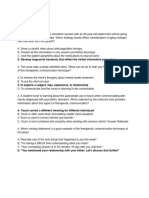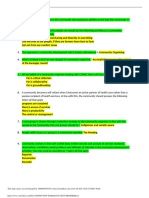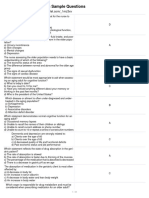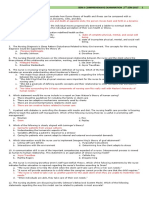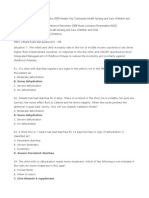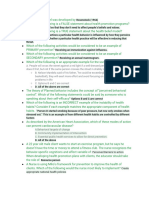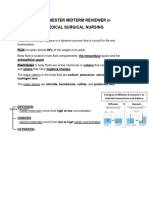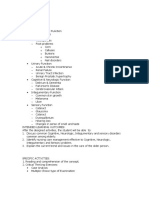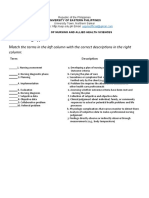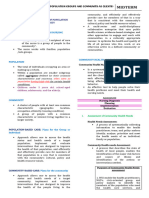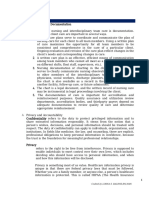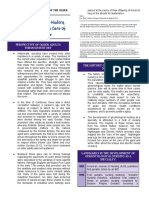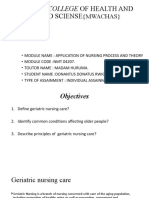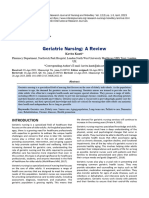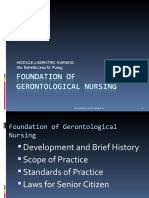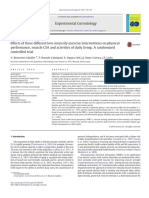100% found this document useful (1 vote)
2K views15 pagesGeriatrics Mid Term
Uploaded by
Ionice King Aice VillafriaCopyright
© © All Rights Reserved
We take content rights seriously. If you suspect this is your content, claim it here.
Available Formats
Download as DOCX, PDF, TXT or read online on Scribd
100% found this document useful (1 vote)
2K views15 pagesGeriatrics Mid Term
Uploaded by
Ionice King Aice VillafriaCopyright
© © All Rights Reserved
We take content rights seriously. If you suspect this is your content, claim it here.
Available Formats
Download as DOCX, PDF, TXT or read online on Scribd
/ 15






